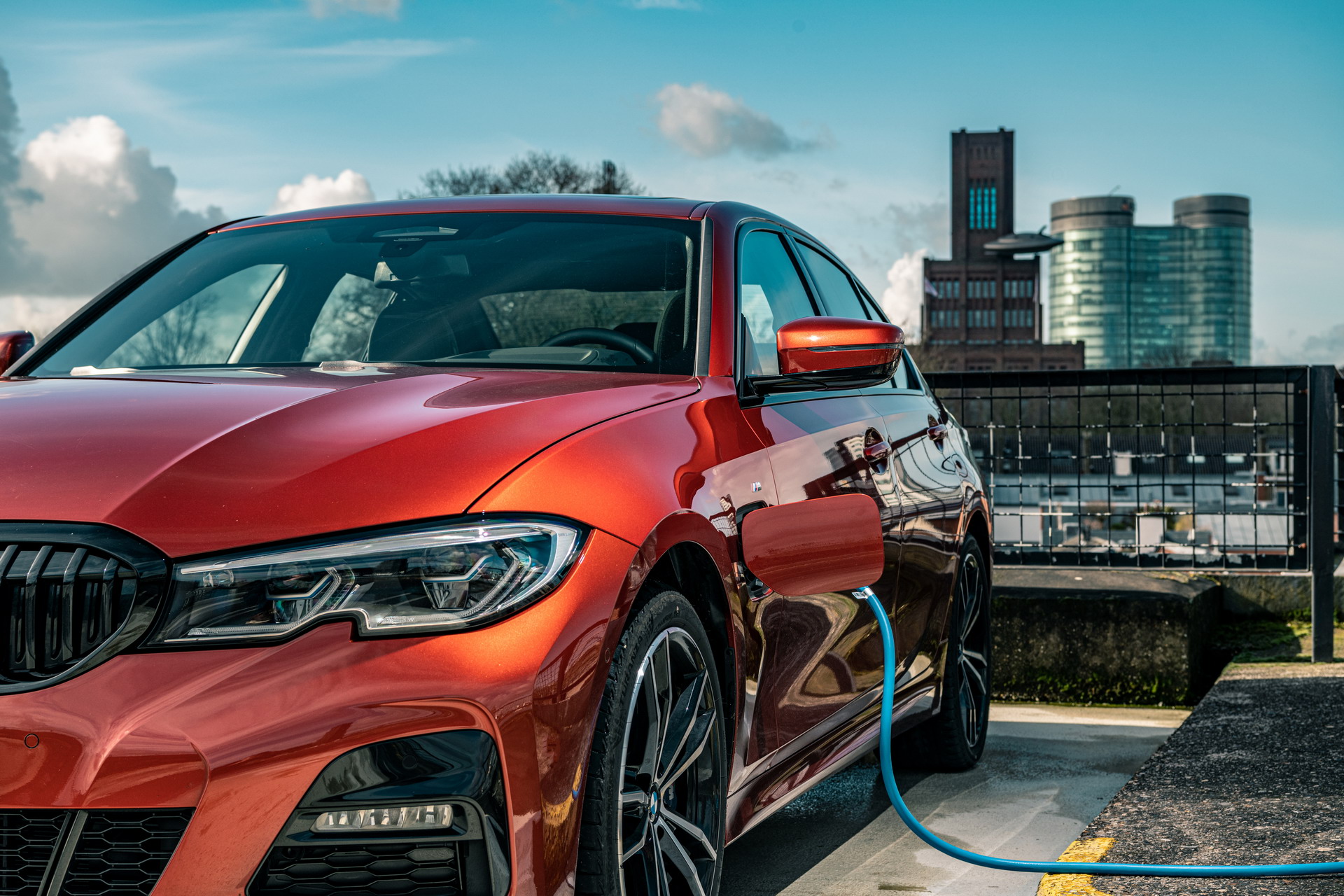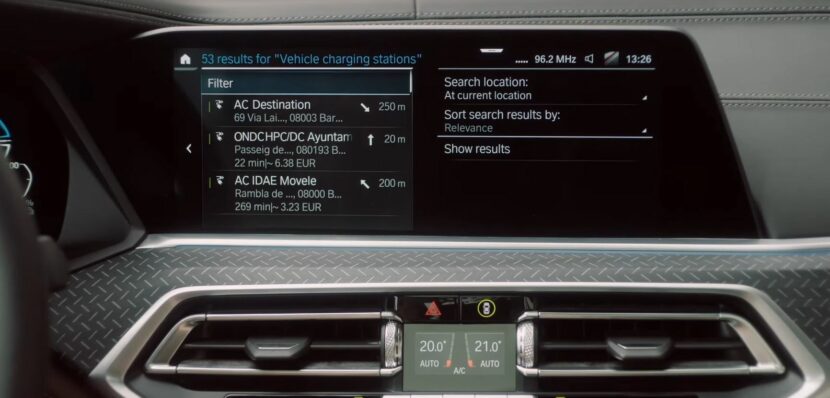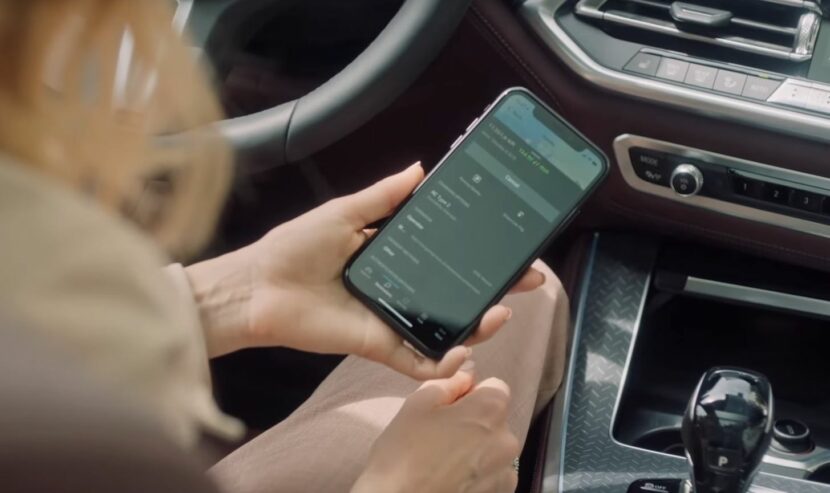BMW announced a very ambitious plan at the beginning of 2020 to cut its fleet CO2 emissions by 20% by the end of the year. A lot of industry analysts scoffed at the idea but then BMW started explaining how that would get done. Understandably, PHEV cars are playing a huge part and it’s becoming rather obvious that the German car maker is banking big on its hybrids, not just on the short term.
Therefore, a marketing effort focused on the PHEV choices in the range has been kicked off and the video below is part of it. In this video, we get some useful tips about how plug-in hybrids work and how to use public charging stations most efficiently. BMW PHEVs can find a public charging point for you in a number of ways. You can use the navigation system and look for one manually, you can tell your Intelligent Personal Assistant to find one for you or, you could use your BMW Connected app on your phone for that same purpose.
Regardless of the choice, the charging process might not be as straightforward as this video makes it look like. From my own experience I can tell you that sometimes you might arrive at the charging port and encounter several problems. From another car using it at that time, to a lack of compatibility, there are a number of issues that can pop up. Furthermore, it seems like, in certain countries, each charging port belongs to a different company and, most of the time, you’ll need a charging card from that specific provider in order to be able to use it.
This is turning out to be a big problem for electric cars. What I would love would be the possibility of simply charging my car from any provider and pay using a regular credit/debit card. Just implement a POS into the station and let me charge, without having to sign up for a membership every time I switch providers.
Leaving those issues aside, if you do start charging, just like BMW points out in the video below, you’re better off just charging up to 80 percent. The reasoning is rather simple: electric and PHEV cars will take in a lot of energy fast up to that threshold. After 80% the charging process will be considerably slower and it’s not worth your time. Plus, other people might want to use the charger as well. Therefore, EV etiquette kind-of demands you unplug at 80%.
https://www.youtube.com/watch?v=27itdahqdUE






































































